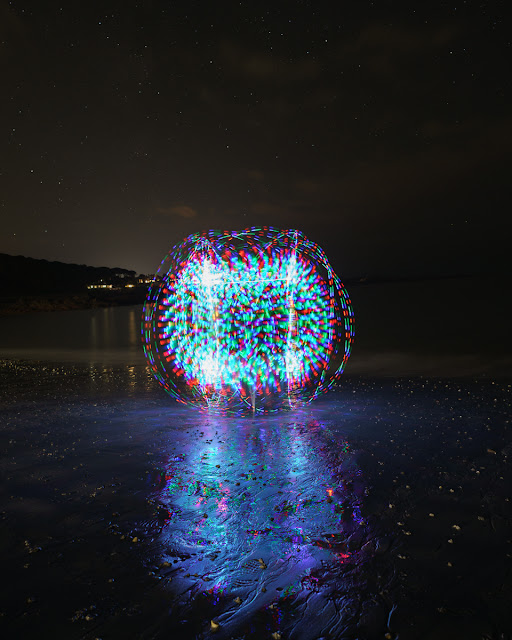On a cloudy morning we had an expedition to Moulin Huet beach. There is a small car park at the top of the cliff and you descend down by a large number of steps, hoping that you can spring up them again on your return. R enoi r spent 2 months in Guernsey, in the late summer of 1883 and produced four paintings of the beach. I looked at the one kept in the National Gallery in London, and I must admit was not that impressed. So I Googled for some cr iticism, which I did not find. Instead I came across a paper produced by John House for the Guernsey Museum and Art Gallery. In this he quotes from a Guernsey guide book, and this is what must have set the Artist's pulse racing. "Barbet’s Guide for the Island of Guernsey of 1840 added a further dimension to Moulin Huet’s appeal: ‘The overhanging precipices, largely indented with fissures, the impetuous waves rolling upon the pebbly beach below and breaking with violence upon the rocks detached from the cliff, toget...



